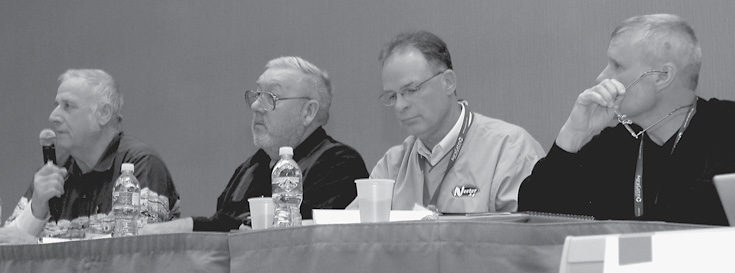No-Till Farmer
Get full access NOW to the most comprehensive, powerful and easy-to-use online resource for no-tillage practices. Just one good idea will pay for your subscription hundreds of times over.

Fertilizer is likely a no-tiller’s most costly input. But managed properly, it can provide one of the best returns.
At last January’s National No-Tillage Conference, we asked several no-tillers and one fertility consultant to offer their most proven, hard-hitting tips on how no-tillers can get the most out of their fertility dollar.
The panel included no-tillers Allen Berry, Nauvoo, Ill.; Allan Brooks, Markesan, Wis.; and Mike Wolpert, Hurricane, W.Va.; along with consultant Joe Nester of Nester Ag Services, Bryan, Ohio.
“If you mix soils in a bag and go to the lab, you don’t represent anything that is present in a field,” Nester says. Soil samples should be kept separate and represent everything that is going on in a field, he adds.
“We find that time and time again, low-yielding areas will have the highest fertility levels,” he says. “We can often lay off the fertility for those low-yielding zones if we know where they are.”
Many producers may already have some type of plan written down, but Wolpert suggests making that plan visible with maps.
“Make sure that you and your fertilizer dealer know what is in the plan,” he says. “Make several copies and have them in your office, your pickup, in your sprayer, planter, tractor — wherever you’re going to be. And make sure you have your cell phone number on it so if an applicator has a question, they can get in…